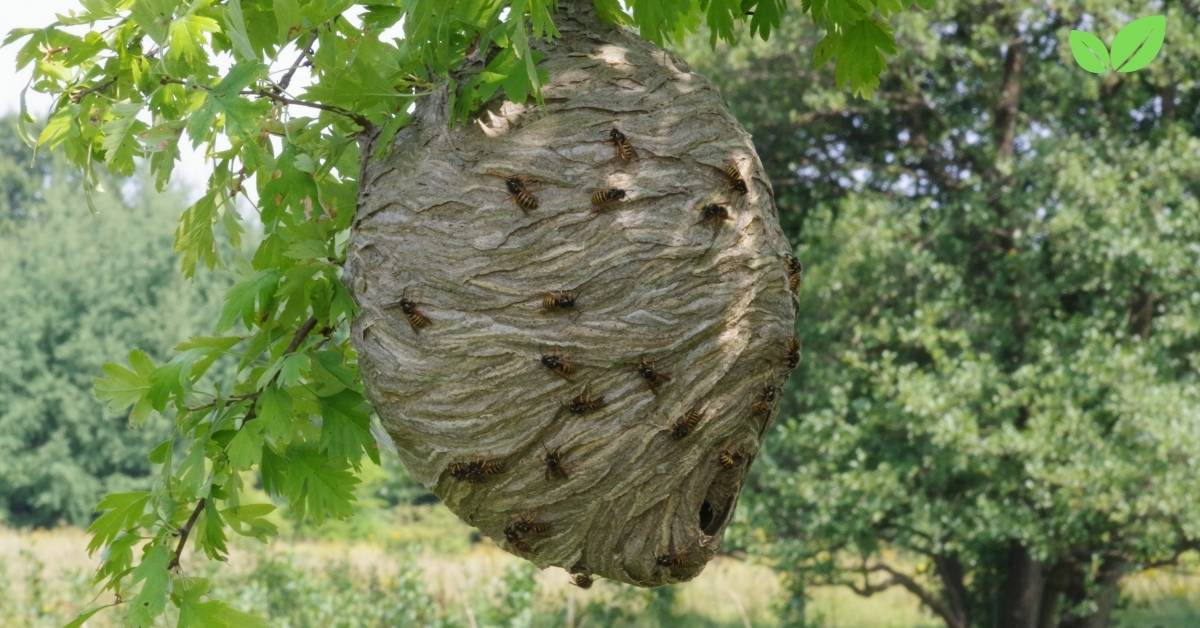Introduction
Wasps are often misunderstood, but they play a vital role in ecosystems by contributing to pollination, pest control, and biodiversity. In Utah, a state known for its diverse landscapes, wasps thrive in various habitats, from deserts to mountain forests. These natural environments offer unique resources that attract different species of wasps. In this article, we will explore the natural attractions for wasps in Utah, focusing on the factors that draw wasps to the region, their ecological importance, and the challenges they face in modern times.
Utah’s Diverse Ecosystems: A Haven for Wasps
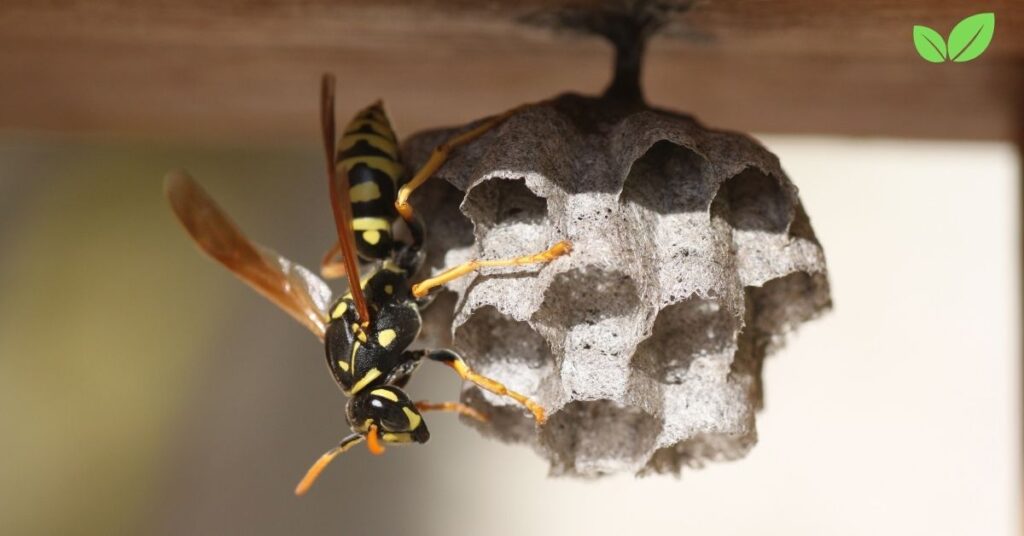
Utah’s varying ecosystems—from the arid deserts to the lush alpine meadows—are filled with different habitats that create multiple natural attractions for wasps in Utah. Each of these ecosystems supports unique plant and animal life, providing food sources and nesting areas that make the state an ideal place for wasp populations to thrive.
Utah’s Varied Landscape
The diversity of Utah’s landscape includes the Great Basin Desert, the Rocky Mountains, and the Colorado Plateau. These geographical differences offer diverse natural attractions for wasps in Utah, giving them the opportunity to live in environments that match their specific needs. For instance, arid regions support solitary wasp species, while the mountainous areas attract social wasps that build nests in trees or other sheltered spots.
Climate and Seasonal Variation
Wasps are highly adaptable and thrive in a range of climates, which makes Utah’s diverse weather conditions another one of the natural attractions for wasps in Utah. The state’s hot summers, cold winters, and distinct growing seasons mean that wasps can find abundant food sources, such as nectar and insects, in the warmer months. This abundance of resources draws wasps to Utah during their active periods, while the cooler months offer places for hibernation and dormancy.
Key Natural Attractions for Wasps in Utah
Certain features of Utah’s landscape are especially appealing to wasps. These natural attractions for wasps in Utah include the state’s rich variety of flowering plants, fruit trees, and prey insects, as well as its wide array of potential nesting sites in forests and woodlands.
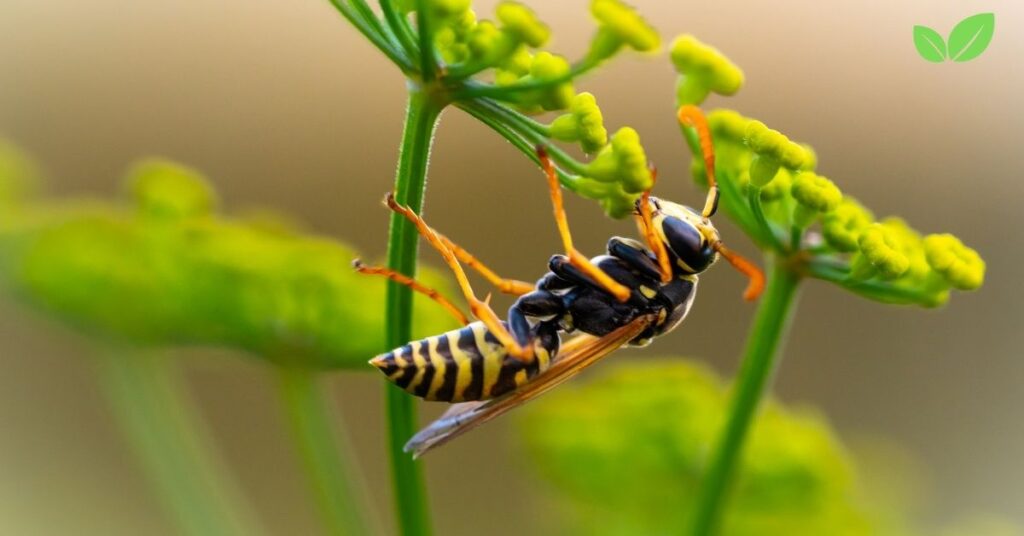
Flowering Plants and Nectar Sources
Flowering plants provide a crucial food source for many species of wasps, as they feed on nectar. Wildflowers, in particular, are significant natural attractions for wasps in Utah because they bloom in large numbers during the spring and summer. In Utah’s meadows and foothills, wasps can find abundant nectar sources, which not only sustain them but also contribute to pollination.
While bees are the more recognized pollinators, wasps play an important secondary role in Utah’s pollination processes. By visiting flowers in search of nectar, they inadvertently transfer pollen, supporting the reproduction of various plant species.
Fruit Trees and Gardens
Another important food source and attraction for wasps in Utah is fruit trees. Overripe or fallen fruit, such as apples, pears, and peaches, serve as excellent food sources for wasps during the late summer and fall. Orchards and backyard gardens offer natural attractions for wasps in Utah, drawing them to feed on the sugars released by the fruit. While this can lead to human-wasp interactions, it is part of the wasp’s important ecological role in nutrient cycling.
Prey and Pest Control
One of the most critical natural attractions for wasps in Utah is the abundance of prey insects. Wasps, particularly species like yellowjackets and paper wasps, are efficient predators. They hunt caterpillars, flies, and beetles, helping to keep pest populations under control. This natural pest control service is incredibly valuable to Utah’s agricultural and garden ecosystems, as it reduces the need for chemical pesticides.
Trees and Wooded Areas for Nesting
Forests and wooded areas in Utah serve as key natural attractions for wasps seeking nesting sites. Social wasps, such as paper wasps and yellowjackets, build nests in trees, shrubs, or underground in protected areas. Utah’s woodlands offer ample places for these species to establish colonies, which helps them thrive in the state’s natural ecosystems.
Ecological Role of Wasps in Utah
The natural attractions for wasps in Utah do more than provide a habitat for these insects; they also contribute to broader ecosystem services. Wasps play a significant role in maintaining ecological balance through pollination, pest control, and nutrient recycling.
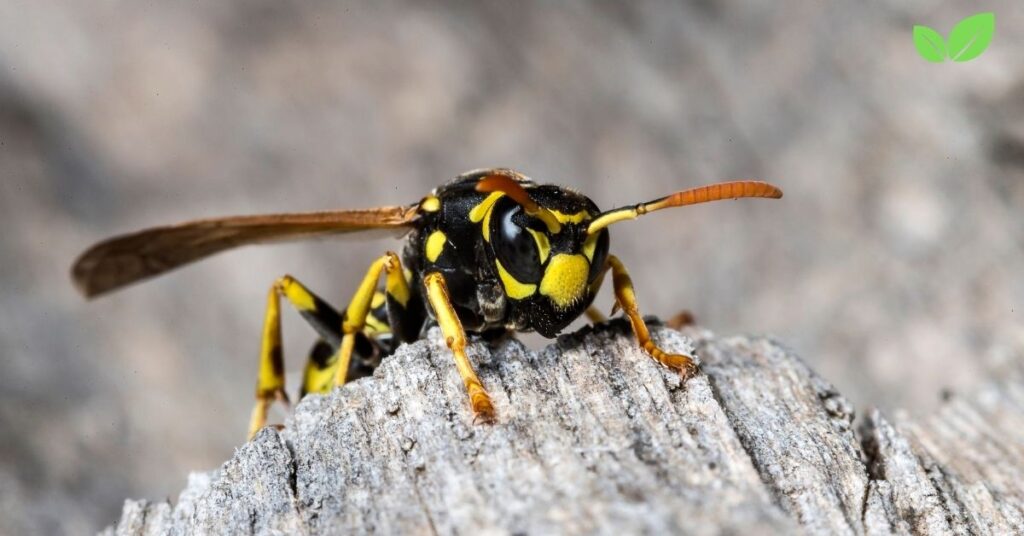
Pollinators in Diverse Habitats
Although not as efficient as bees, wasps still contribute to pollination in Utah. Their presence in areas with abundant flowers makes them important, albeit secondary, pollinators. The wildflowers and other flowering plants in Utah’s meadows, gardens, and foothills serve as essential natural attractions for wasps in Utah, enabling them to contribute to the state’s diverse plant life.
Pest Control and Biodiversity
Another vital role wasps play is as predators of other insects, which makes Utah’s rich insect population a significant draw for wasps. The natural attractions for wasps in Utah include the opportunity to hunt pests like caterpillars and flies. In this way, wasps help control pest populations that could otherwise damage crops and plants, contributing to the overall biodiversity and health of Utah’s ecosystems.
Species of Wasps Found in Utah
Several species of wasps are drawn to the various natural attractions for wasps in Utah. Each species plays a different role in the ecosystem, with some focusing on pollination, others on pest control, and some serving both functions.
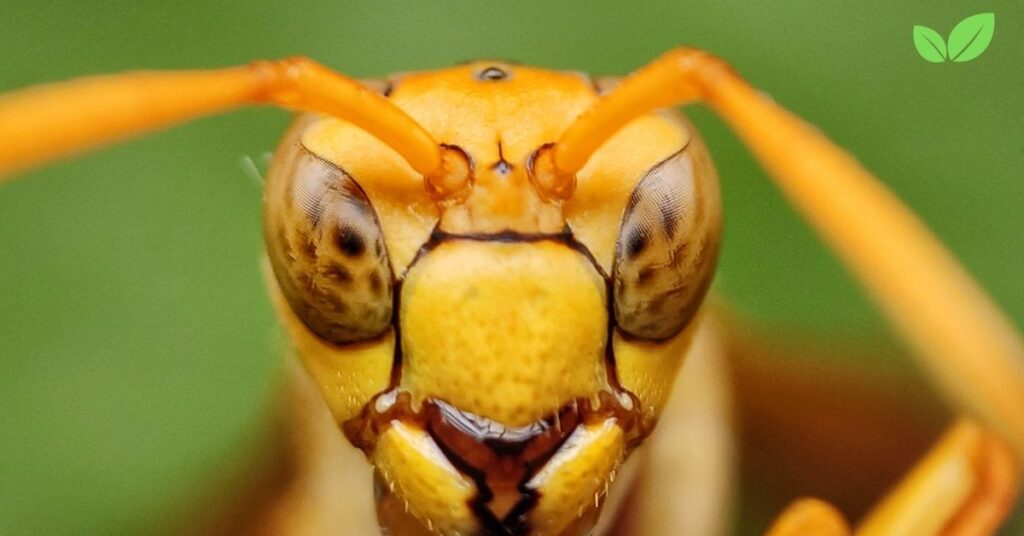
Paper Wasps (Polistes spp.)
Paper wasps are common in Utah and are attracted to areas with ample flowers and nesting sites. Their papery nests, made from chewed plant material, are often found in sheltered locations such as tree branches or eaves. Utah’s wildflower meadows and urban gardens are among the top natural attractions for wasps in Utah, providing the nectar these wasps need to survive.
Yellowjackets (Vespula spp.)
Yellowjackets are known for their more aggressive behavior, particularly around food sources. They are attracted to Utah’s forests and agricultural areas, where they build nests underground or in tree cavities. The prey-rich environments and abundance of fruit trees in Utah make these areas key natural attractions for wasps in Utah.
Human Interaction with Wasps in Utah
While the natural attractions for wasps in Utah play a crucial role in supporting their populations, these interactions often bring wasps into contact with humans. Understanding and managing these interactions is essential for reducing conflicts while maintaining the ecological benefits that wasps provide.
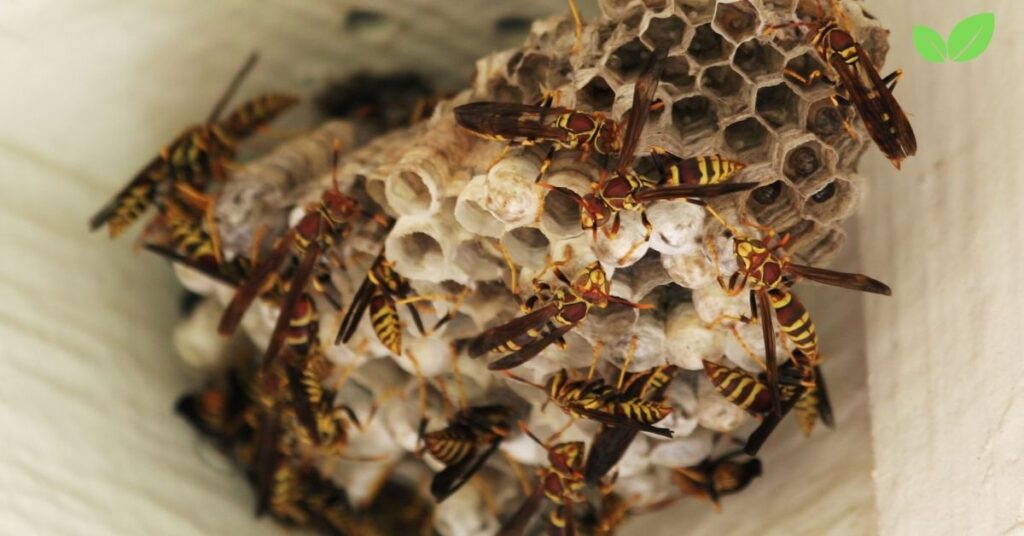
Wasps in Urban and Suburban Areas
Urban gardens and fruit trees are significant natural attractions for wasps in Utah, leading to more frequent encounters with people. Wasps are often drawn to sugary foods and drinks, especially in outdoor dining areas, which can result in stings if the wasps feel threatened. By managing waste properly and creating wasp-friendly areas away from human activity, these interactions can be minimized.
Conclusion
The natural attractions for wasps in Utah are deeply connected to the state’s ecological balance. From wildflower meadows and fruit trees to abundant prey populations and ideal nesting sites, Utah provides a rich environment for various species of wasps. While these insects may sometimes be seen as pests, their roles as pollinators and natural pest controllers are essential to maintaining healthy ecosystems. By preserving the habitats that attract wasps, Utah can continue to benefit from the ecological services these insects provide.
Read More: Honey Bee vs Yellow Jacket: Understanding Their Roles in the Environment

